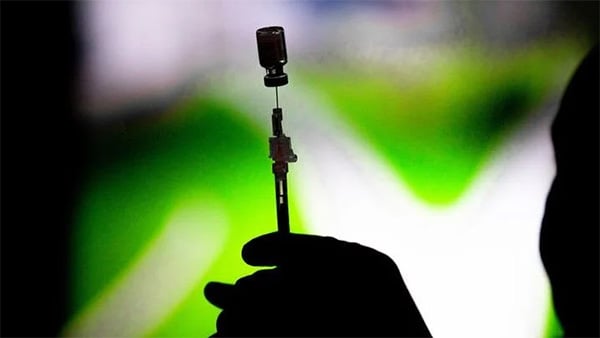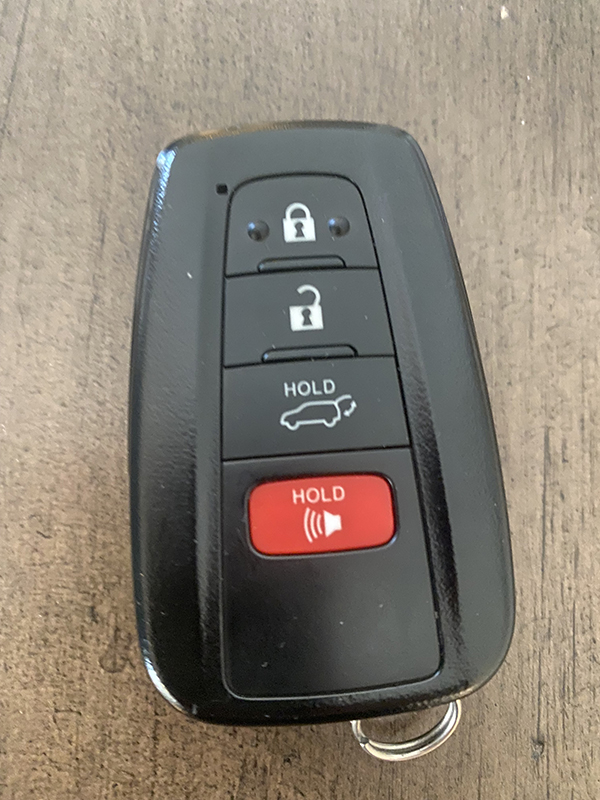Keyless ignition systems in automobiles, also known as “Smart Keys,” have been around since the mid-1990s. But the inherent and substantial safety risk associated with these systems provide a striking example of the law of unintended safety consequences as their acceptance and popularity have grown.
On more than one occasion over the years I have arrived at my destination only to exit the vehicle thinking that I had turned her keyless ignition off, when in fact I had not. It may be because I haven’t gotten used to the keyless system, was distracted in thought or simply beacuase of my advancing age.
This probably wouldn’t be too concerning, but I am haunted with the memory of Buford Simmons, also known as Coach Simmons to many of us who attended Beaumont Middle School during the 70s 80s and 90s. The year was 1996 when Coach Simmons, 45, his wife Vicky, 41, and sons Clay, 13, and Jeremy, 10, were all found dead in their home in Lexington, victims of carbon monoxide poisoning after their vehicle was accidentally left running in their garage.

The carbon monoxide poisoning threat was real then, and with tens of millions of vehicles with keyless push start systems parked in our garages today, the threat has only grown.
A keyless push start system allows drivers to start a car without a key inserted into the ignition. In the place of a key, automakers now use a small “key fob” that transmits a code to a computer in the vehicle when it is within close range. When the coded signal matches the code embedded in the vehicle’s computer, the starter system is activated. This allows the driver to start the vehicle by simply pressing a button on the dashboard while the key fob is left in a pocket or a purse. The vehicle is usually shut down by pushing the same button.
Because of their popularity automakers have been installing or making keyless ignitions optional in just about every model available and as a result more and more of these vehicles are on our streets.
The problem is that most smart key system allows an engine to run indefinitely after the key fob is removed from the vehicle and leaves the transmission range. The car can be driven or left on until it runs out of gas.
Today carbon monoxide-related deaths and injuries are occurring at a higher rate than ever before, as more and more drivers fail to shut down their keyless ignition systems, accidentally leaving their vehicles running when the driver and key fob have left the vehicle.
This is a common mistake drivers make because of their deeply ingrained behavior of turning a key to shut down a car. Any fundamental change to a behavior pattern predictably leads to this type of mistake. People that have been driving for years are simply hardwired to think that “no key in the ignition, then the vehicle must be off.”
Current keyless ignition systems have an inherent design defect, according to many consumer safety advocates and experts. Some say that auto manufacturers basically changed the relationship between the driver and the key, without adequately warning them of the resulting safety hazards. When drivers are disassociated from the car by removing the mechanical key, it’s an easy step to forget to turn off a vehicle.
According to an article in Consumer Reports, a subset of keyless-ignition cars, hybrids and plug-in hybrids, pose an even stealthier problem; because they are virtually silent when in electric mode, which they may well be when sitting still after parking. Drivers don’t have to be absent-minded to assume that the car is shut down. After all, the engine isn’t running. But the car may not be truly off. The engine could restart itself, for instance, to address a climate control need, potentially sending carbon monoxide into a residence
A growing number of drivers with push-button start vehicles are reporting they have made the same mistake. And the undetected carbon monoxide emissions from running vehicle exhaust systems can slowly creep into the house, poisoning residents they sleep, causing permanent brain damage, and death.
In December 2011, the National Highway Traffic Safety Administration (NHTSA) said keyless vehicles posed a “clear safety problem” and it proposed rules to require an exterior alarm system to warn drivers who walk away from a car that’s still running or capable of starting without the fob being present. Six years have passed and the agency has still not taken action.
Critics of the NHTSA’s proposed rule say it won’t solve the problem because it would only require a warning alarm that the car is running. They instead want an automatic engine shut-off installed on all new cars with keyless ignitions. Such a fix wouldn’t be too costly and should simply require a software update to the vehicle’s computer.
On newer models, some auto manufacturers are installing switches that kill the ignition if the vehicle is left idling too long after the smart key has left the detectable range of the vehicle.
Beginning in 2019 General Motors (GM) supported a bill introduced by Connecticut Senator Richard Blumenthal requiring automakers to include a feature that automatically shuts off an engine after a specific period of idling. The bill never made it to the Senate floor, but GM began installing an automatic shut-off feature in most of the keyless models from its Chevrolet, Buick, GMC and Cadillac brands.
Other automakers are also considering making the change, but until it becomes law drivers should be mindful of the risks.
Those of us driving vehicles without these new safety features will have to wait for the actions of the auto industry, government and class action lawsuits to play out before we see any kind of recall to fix the problem.
In the interim, the pressing question is what can we do to avoid becoming a victim?
• Forced Reminders – The first thing you can do is to remember to pull out your keyless ignition smart key from your pocket or purse and place it in your center console or your cup-holder after entering your vehicle. This will force you to remember to reach for the key, reminding you to disengage the ignition. You can also leave sticky notes as well.
• Carbon Monoxide Detectors – If you don’t have one in your home, install one today. Carbon monoxide detectors should be installed on each floor of your home and if you are prone to forgetting things like leaving your car running, you should even consider installing one in your garage. Costs of these carbon monoxide detectors have dropped significantly and can be purchased for less than $20.
Be Safe My Friends.


















